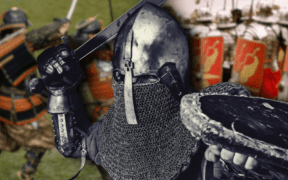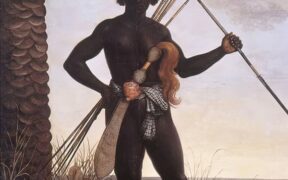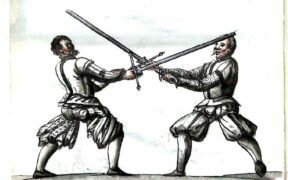Can Any Sword Type Be the Best? (Our Verdict)
NO AI USED This Article has been written and edited by our team with no help of the AI
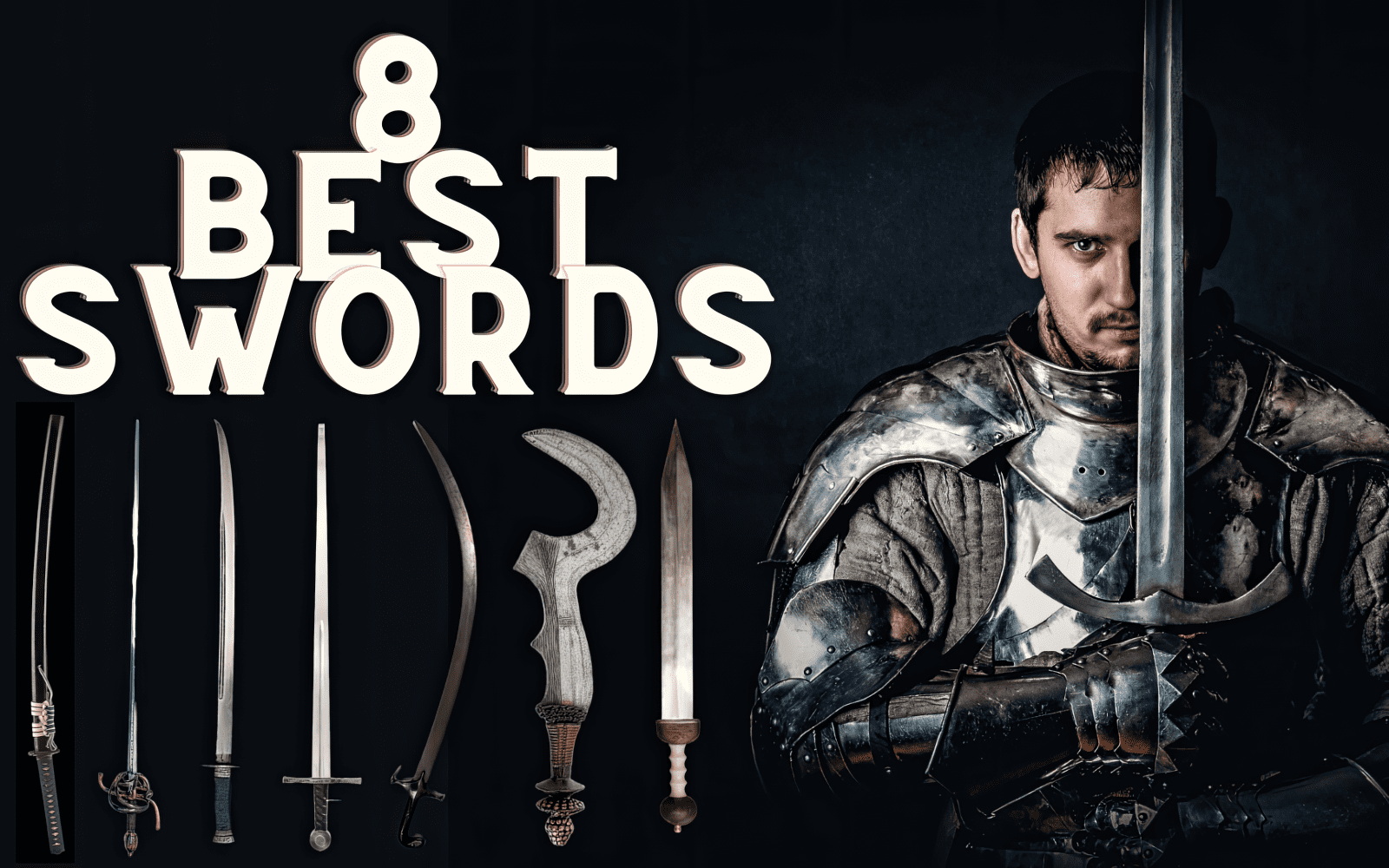
The best sword is one that excels at fulfilling its intended purpose.
Not all swords are created equal, and many have evolved to fit certain scenarios. This means that a sword that excels in one combat style may be outmatched by another designed for a different purpose. Therefore, determining the absolute best sword is challenging and depends on many factors.
In this article, we explore whether a definitive “best” sword exists and examine 8 different swords that excel in their particular roles.
Is There a Best Sword?
Simply put, there is no such thing as the “best sword in history”, evidenced by the continual improvement and evolution of swords worldwide.
For example, one of the first blade designs, the ancient Egyptian khopesh, would never have been considered obsolete. Just as you shouldn’t expect a sports car to be effective at transporting heavy loads.
Each sword is designed for a different purpose, with some being highly effective for slashing while others are superior in thrusting attacks. In rare cases, there are also some swords that are highly versatile. However, as the saying goes, a jack of all trades is the master of none.
1. Best for Slashing & Cutting – Katana
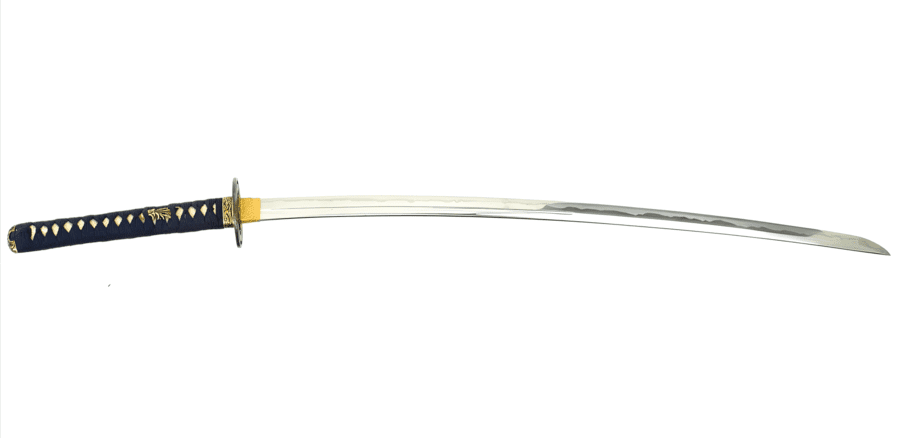
The Katana is a Japanese sword that is one of the best—if not the best—for slashing due to its subtly curved single-edged blade, length, and precision provided by the two-handed sword.
While this samurai sword is similar to most curved swords in speed, weight, reach, and flexibility, its edge’s interaction with the target—where the blade’s curvature and precise alignment result in a seamless and efficient cut—makes it highly effective for slashing.
2. Best for Thrusting – Gladius
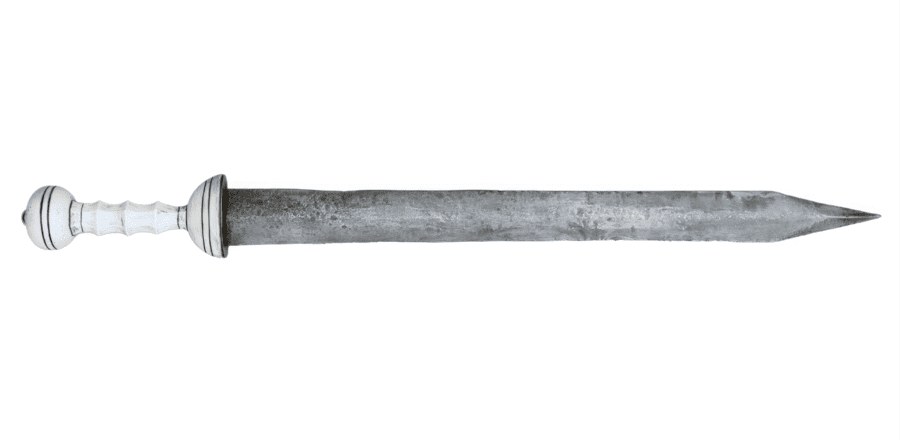
There are many swords, such as the rapier and smallsword, that are designed for thrusting. However, the Roman gladius stands out due to its versatility and effectiveness in various combat scenarios.
This legendary sword is a short, one-handed weapon. Its design makes it relatively easy to learn and master, and pairs well, especially with a shield. While it may not pierce an opponent as deeply as the rapier, the gladius’ broad, double-edged blade, which tapers sharply to a point, is effective against armored foes and capable of dealing greater surface damage.
In a discussion regarding ancient fighting techniques, Fabrizio Casprini and Marco Saliola say that, “The backbone of the Roman army was the infantry, armed with a javelin, or pilum, and sword, or gladius”.
3. Best for One-on-One Combat (Without Rules) – Longsword
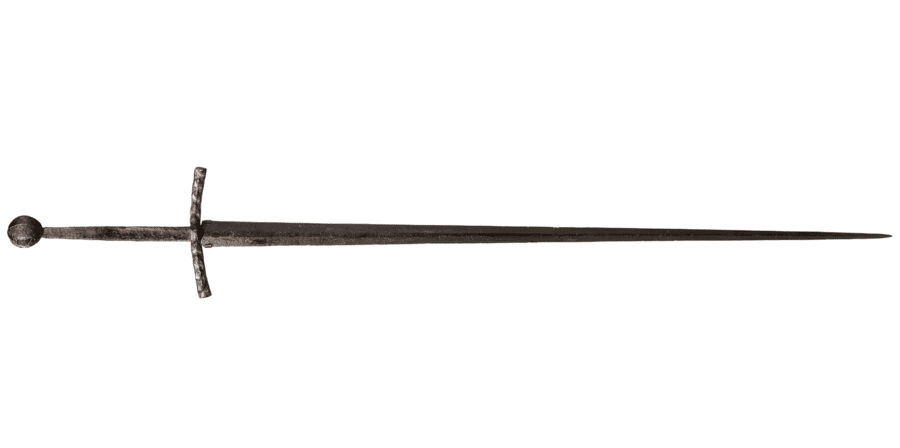
Throughout history, the European longsword has been known for its versatility and maneuverability, making it one of the best weapons in a sword fight. Wielded with one or both hands, the longsword has a significant reach advantage compared to most swords.
Since the longsword’s balance is near the crossguard, it enhances handling and allows for thrusting and cutting attacks. Its weight distribution nearer to the hilt enables a skilled wielder to attack quickly and precisely with minimal effort.
Additionally, the sword can be effective in close-quarter combat using half-swording techniques to target gaps in an enemy’s plate armor. Its pommel can also be used for bashing an opponent.
Dequitem, an armored HEMA (historical European martial arts) fighter says that, “In mid-range the longsword is nimble enough for fast attacks to the visor and other other gaps, and in close-range with a half-sword, it is the most dangerous weapon for a knight in full armor”.
4. Best for Duels – Rapier
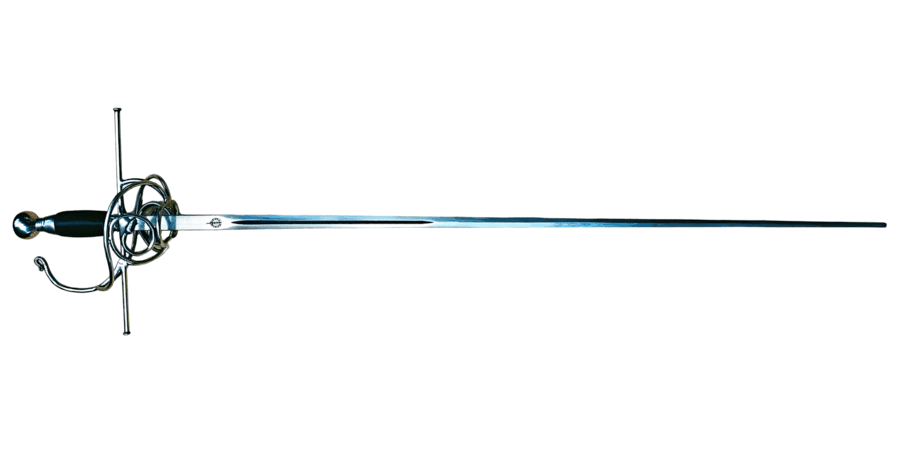
The rapier is a highly effective sword designed for dueling, especially with formal rules in place that emphasize skill and precision. These rules discourage actions like grabbing or rushing the opponent and pushing their blade aside, ensuring that the duel focuses on technique rather than brute force.
The rapier has a very long blade, giving it a significant advantage over most swords. Its wielder’s one-handed stance makes it difficult for opponents to reach, while its swept-hilt guard protects one’s hand from most attacks.
Due to its design, the rapier excels at thrusting. Its narrow and sharp pointed blade easily penetrates one’s opponent deeply, resulting in a lethal wound in the blink of an eye.
5. Best Range Advantage – Zweihander
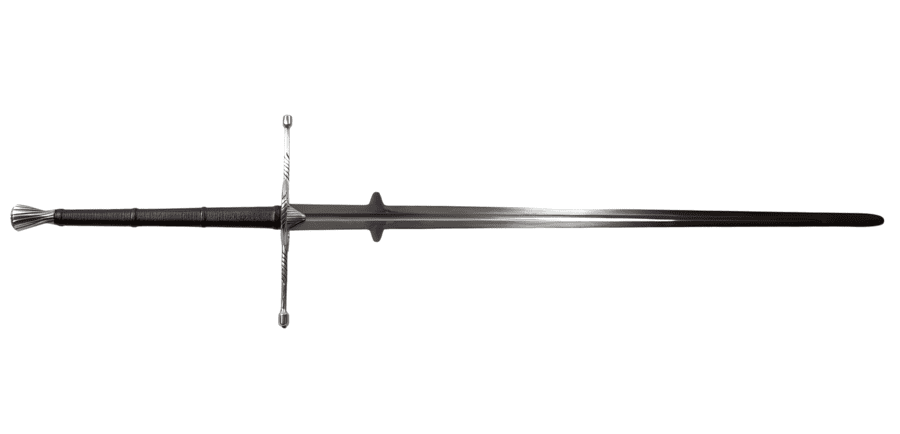
The zweihander is a European greatsword that is often as tall as its user, reaching up to 69 inches (175 cm) in length. This gives it a significant reach advantage over most swords globally. Some variations of the zweihander include the Italian Spadone and the Spanish Montante.
The zweihander is a type of sword once used by the legendary Landsknecht warriors to execute swift slashes and cuts by leveraging the sword’s momentum, much like a claymore. While it can be tiring to wield due to its size and weight, it is not as slow or unwieldy as often portrayed in popular media.
Designed to be more versatile than commonly assumed, the zweihander’s swinging motions can be used to create a “safety bubble” around its wielder, powerful chopping attacks, and even thrust like a spear. These techniques allow its wielder to control space on the battlefield and break through enemy formations.
6. Best for Utility Tasks – Machete
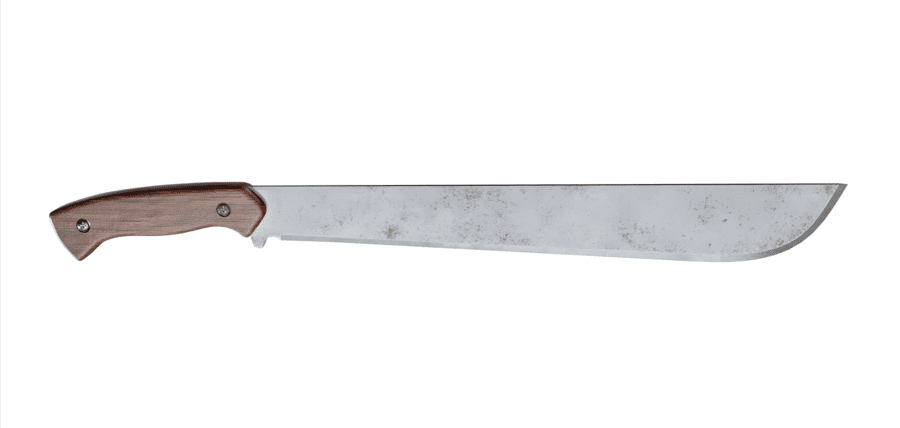
Some swords were essential for more than just fighting; they were used for daily tasks such as cutting through thick forests, bushes, jungles, trees, and ropes.
The classic machete excels at these needs due to its remarkable durability and versatile design. Despite its simplicity—a broad, steel blade with a wooden handle—it is perfect for a wide variety of outdoor tasks.
Its blade’s thickness and weight allows it to be used effectively without frequent sharpening, giving it the force required for chopping through dense vegetation. Additionally, its broad tip can also be used to dig into the ground, making it a valuable tool in many regions.
7. Best for Stealth – Cane Sword
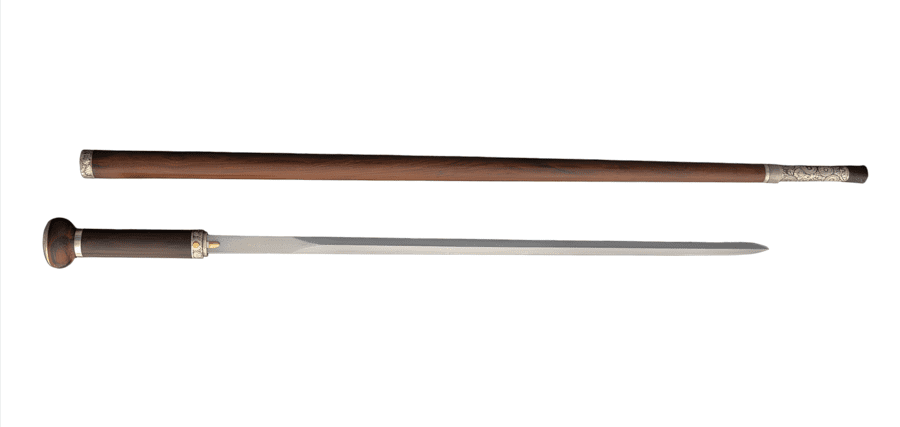
The best sword in terms of stealth is the cane sword, which is available in many different designs from around the world, including Europe, China, and Japan. With a sharpened steel blade concealed within a walking cane, they can serve as a functional walking aid and a discreet weapon.
The sharpened carbon steel blade can be unsheathed and used as a weapon for defense with a simple twist or push of a button. Due to its high level of concealment, it can be a powerful weapon in situations where stealth and surprise are crucial.
8. Best Protection – Basket Hilted Broadsword
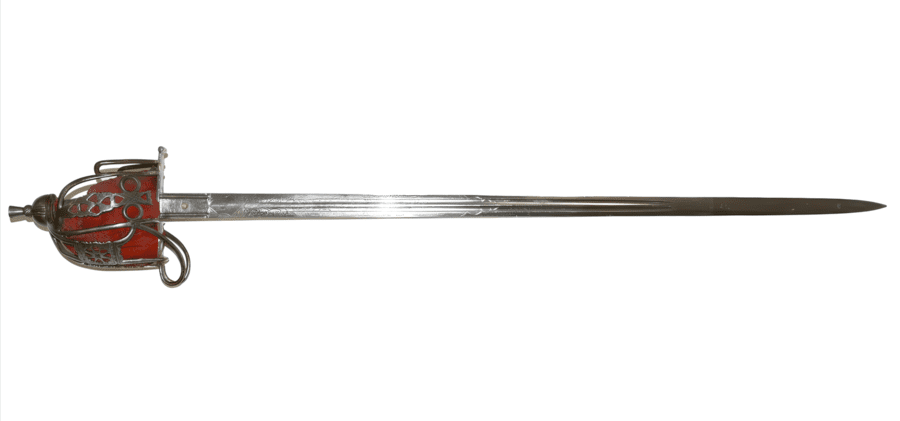
The basket-hilted sword, also commonly referred to as the broadsword, is one of the best swords for protection especially as the use of armor declined and the need for hand protection increased.
Emerging in the 16th century, it became popular across Europe. It features a broad blade with a tapered tip, making it effective for cutting and thrusting attacks. The defining feature of this sword is its protective basket guard, which offers significant protection for the wielder’s hand.
This design allows for combat without the need for heavy gauntlets. While it may add some weight and slightly hinder maneuverability, it offers superior hand protection, and the basket itself can be used for bashing an opponent.
